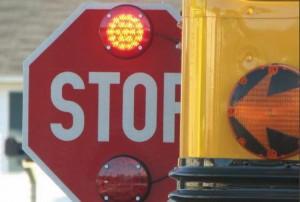Knowing when to act—and what action to take—can help schools intervene appropriately with suicidal youths
Schools have a vital role to play in youth suicide prevention, and Wyoming is no exception—especially given that suicide is the second-leading cause of death for youths ages 10-24 in our state.
The key to effective school participation in prevention? Intervention that is appropriate, given the mission, resources, skills and risk issues that schools face. The best school suicide-prevention programs have four critical components that protect not only students and staff, but systems and communities.
“Every Wyoming school board should ensure that these four prevention components are in place within their system. That’s their job,” says Keith Hotle, JD, MPA, suicide prevention team leader for Wyoming. In the absence of any of these components, districts run the risk of losing students to suicide, potential exposure to litigation and other consequences not worth bearing the burden of.”
PUT A SOLID EVIDENCE-BASED CRISIS PLAN IN PLACE, AND MAKE SURE SUICIDE PREVENTION IS AN INTEGRAL PART OF IT. This plan should provide detailed protocols and procedures to ensure appropriate, consistent and fully documented action among staff and students in the event of a suicide attempt or completion by a member of your student body—whether on school grounds or not. Especially important are protocols for readmitting a student to school after a suicide attempt, whether that youth was hospitalized or not as a result of his or her suicidal behavior.
PROVIDE TRAINING FOR YOUR TEACHERS AND OTHER STAFF MEMBERS. Protecting your school system, students and staff from undue risk means ensuring that teachers and other frontline “gatekeepers” are trained in indicators of potential for suicide in youths, and appropriate actions to take.
DELIVER PREVENTION EDUCATION TO YOUR STUDENTS, AND WEAVE IT INTO EXISTING CLASSROOM TIME. Just as students need to know laws of physics and mathematics, so too they need to understand issues relevant to their personal health. What could be more “life or death” than suicide? Teaching students that suicidal thoughts are a likely outcome of depression, and that depression is a treatable illness just like diabetes, is vital to their safety and overall success in life. Moreover, curricula on how to manage stress and anger, improve communication and increase goal setting are consistent with positive youth development strategies now receiving emphasis in today’s classrooms.
STRENGTHEN LINKAGES WITH COMMUNITY RESOURCES THAT CAN DELIVER SERVICES TO AT-RISK YOUTHS. The role of schools in youth suicide prevention? To observe students, recognize their at-risk behaviors, and refer these youths to appropriate community resources. So school personnel must have strong alliances with health service providers, social workers, hospitals, clinicians, addiction treatment professionals, insurance and health and human services providers.


